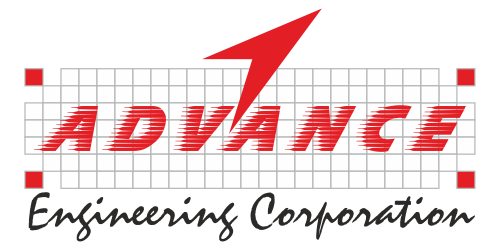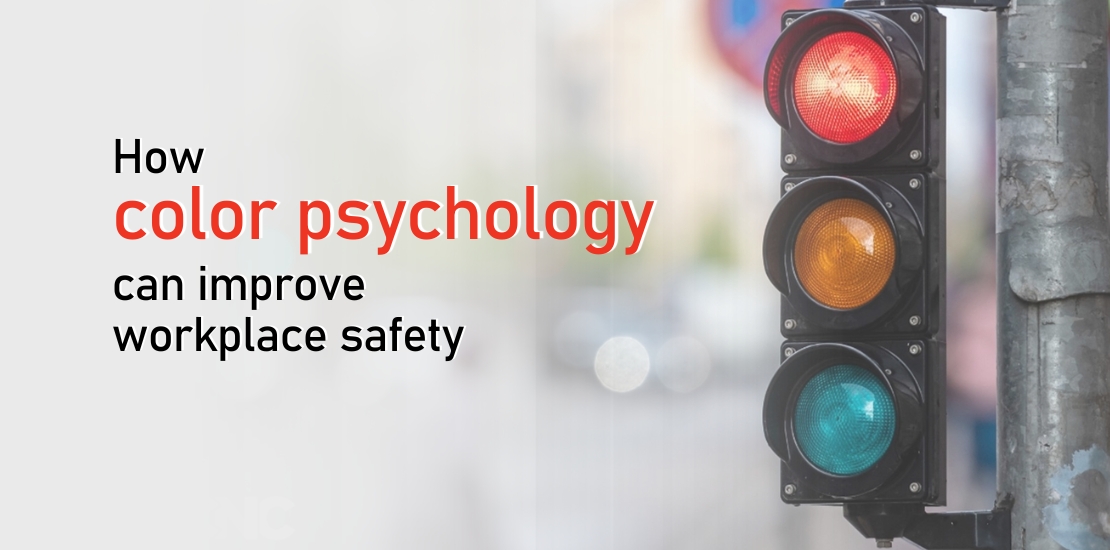Color influences your behavior every day, often without you even realizing it. For example, stopping your vehicle at a red light demonstrates how your brain responds to color cues. When color is integrated into a repetitive, standardized system, it becomes part of your automatic, intuitive response.
The Brain’s Reaction to Color
Our brains process color through the visual cortex, which is responsible for interpreting visual information. When light hits the retina, it is converted into electrical signals that travel to the brain. These signals are then interpreted as different colors. This process triggers emotional and psychological responses, which can influence our behavior and decision-making processes. For instance, red is often associated with alertness and danger, while blue is linked to calmness and stability.
Scientifically proven Examples of Color Impact
- Construction Sites: High-visibility clothing in neon colors such as yellow and orange is a staple in construction environments. These colors are easily distinguishable from natural surroundings, reducing the risk of accidents by ensuring workers are always visible.
- Emergency Signs: The use of red for fire alarms and emergency exit signs is a classic example. Red is a color that naturally grabs attention and is associated with urgency, prompting quick action during emergencies.
- Healthcare Settings: In hospitals, colors like green and blue are often used in operating rooms and waiting areas. These colors have a calming effect, which can help reduce stress and anxiety in both patients and staff.
The Benefits of Color in the Workplace
Using colored signs and labels can greatly benefit your workplace and employees by improving:
Safety
A consistent color standard helps employees quickly recognize and respond appropriately. This is crucial for establishing and maintaining a safe workplace. For instance, a red danger sign immediately signals the need for caution. Standardized colors in safety signs enhance recognition and response times to hazards.
Productivity
Visual cues not only enhance safety but also boost productivity. Color-coding and effective labeling of inventory, processes, and facility identification reinforce employee training and guide workers to complete tasks more quickly. Proper state, equipment identification, and safety signs help maintain smooth operations, reducing downtime.
Cost Savings
A safer and more productive workplace, facilitated by colorful and consistent visuals, saves time and money. Visual reinforcement of processes reduces training time, keeps equipment in proper working condition, and ensures tasks are completed safely and efficiently.
Applying Color Psychology to the Workplace
- Speeding up visual searches
- Improving recognition
- Emphasizing important information
- Showing associations
- Transmitting essential messages
Color is most effective when used with a visual workplace approach that employs consistent color standards and color coding to convey important information. By integrating color psychology into your workplace, you can create a safer, more productive, and cost-efficient environment.

